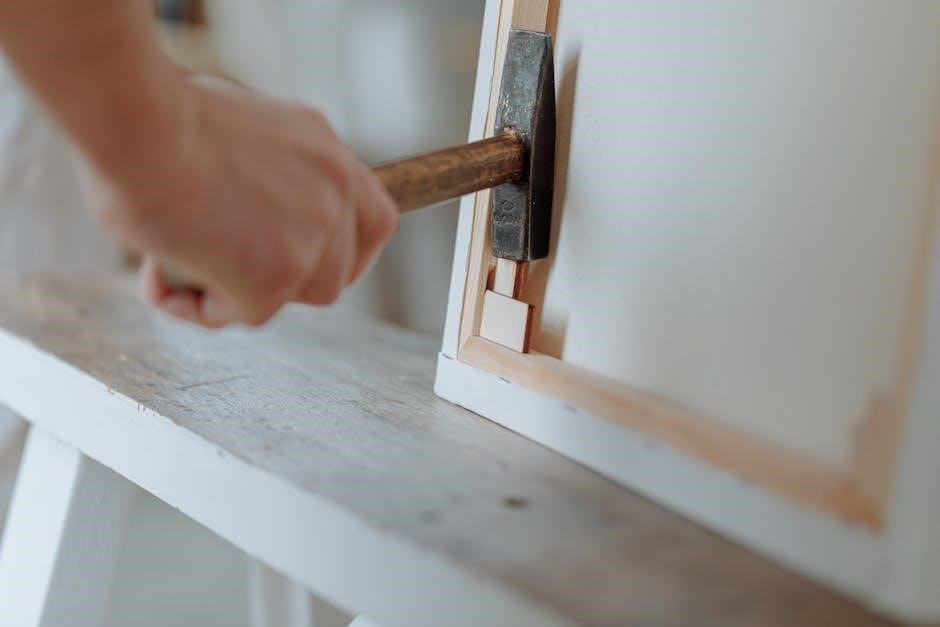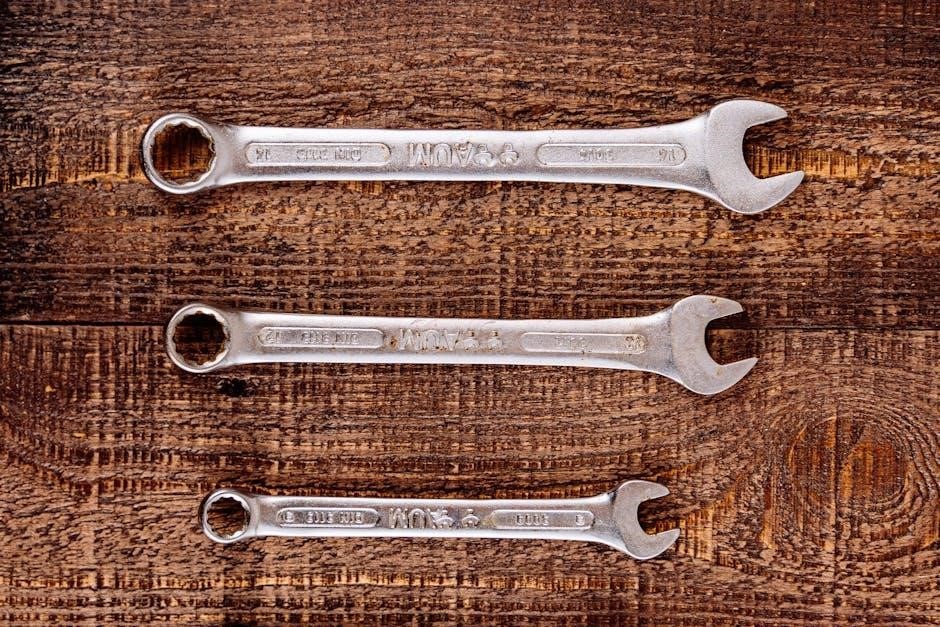Samsung DV40J3000EW/A2 Repair Manual: A Comprehensive Guide
This comprehensive guide serves as your go-to resource for repairing the Samsung DV40J3000EW/A2 dryer. Whether you are a seasoned technician or a DIY enthusiast, this manual will provide the necessary information to diagnose and resolve common issues, ensuring your dryer operates efficiently and effectively for years to come.
The Samsung DV40J3000EW/A2 is a 7.2 cu. ft. electric dryer designed for efficient and effective laundry care. Equipped with a moisture sensor, this dryer optimizes drying time and prevents over-drying, saving energy and protecting your clothes. Understanding the features and functionality of this appliance is crucial before undertaking any repair or maintenance tasks.
This dryer model is known for its large capacity, allowing users to dry bulky items and larger loads, which is a significant advantage for families. The user manual offers basic operation instructions, while the service manual, which is the focus of this guide, provides in-depth technical information essential for troubleshooting and repairs.
This repair manual is designed to empower both homeowners and technicians with the knowledge to diagnose and fix common problems; It covers aspects such as accessing manuals, troubleshooting no heat or tumbling issues, disassembly, identifying parts, understanding error codes, and door reversal. By following the guidelines provided, users can extend the life of their Samsung DV40J3000EW/A2 dryer and avoid costly professional repairs. Safety precautions are important.
Accessing the User Manual and Service Manual
To effectively troubleshoot and repair your Samsung DV40J3000EW/A2 dryer, having access to both the user manual and the service manual is essential. The user manual typically comes with the appliance and provides basic operating instructions, safety guidelines, and routine maintenance tips. It’s a good starting point for understanding the dryer’s features and functions.
The service manual, however, delves into the technical aspects of the dryer. It includes detailed diagrams, troubleshooting procedures, component locations, and disassembly/reassembly instructions. Obtaining the service manual may require a bit more effort, but it’s invaluable for in-depth repairs. Online resources, such as the Samsung website and appliance repair forums, often offer downloadable versions of the service manual in PDF format.
Websites like Sears Parts Direct and ManualsLib are good places to search for your specific model. Additionally, consider checking appliantology.org, which sometimes hosts training and service manuals for various appliances. Remember to verify the manual’s compatibility with your exact model number (DV40J3000EW/A2) to ensure accuracy. With both manuals at your disposal, you’ll be well-equipped to tackle most repair tasks.
Troubleshooting Common Issues: No Heat or Insufficient Heat
One of the most frequently reported problems with the Samsung DV40J3000EW/A2 dryer is the absence of heat or insufficient heat production. When your clothes are damp even after a full drying cycle, it’s time to investigate. Begin by checking the simplest culprits: ensure the dryer is properly connected to a functioning power outlet and that the circuit breaker hasn’t tripped.
Next, examine the lint filter. A clogged filter restricts airflow, causing the dryer to overheat and potentially shut down the heating element. Clean the lint filter before each use. If the issue persists, the heating element itself might be faulty. Use a multimeter to test its continuity; a lack of continuity indicates a burnt-out element that needs replacement.
Other potential causes include a defective thermostat, thermal fuse, or cycling thermostat. These components regulate the dryer’s temperature and can fail over time. The thermistor could also be the source of the problem, and the ohm reading should be around 12k ohms to function normally. Consult the service manual for testing procedures and replacement instructions for these parts. Also, inspect the venting system for obstructions, as restricted airflow can mimic heating issues.
Troubleshooting Common Issues: Dryer Will Not Tumble
If your Samsung DV40J3000EW/A2 dryer powers on but the drum refuses to tumble, several components could be at fault. Begin by verifying that the dryer belt is intact and properly positioned around the drum and motor pulley. A broken or slipped belt is a common cause of tumbling failure. Access the dryer’s interior by removing the front panel and inspect the belt for damage or displacement.
If the belt seems fine, investigate the motor. A faulty motor might not have the power to turn the drum. Use a multimeter to test the motor’s windings for continuity. If the motor shows no continuity, it likely needs replacement. Also, check the motor capacitor, which provides the initial surge of power to start the motor. A weak or failed capacitor can prevent the motor from starting.
Another potential culprit is the drum support rollers. These rollers support the drum and allow it to rotate smoothly. Over time, they can wear out or seize, making it difficult for the motor to turn the drum. Inspect the rollers for damage and replace them if necessary. Finally, examine the control board, as a malfunctioning relay or component on the board can prevent the motor from receiving power.
Disassembly and Reassembly Instructions
Before commencing any disassembly, disconnect the Samsung DV40J3000EW/A2 dryer from its power source. Begin by removing the lint filter and the screws securing the top panel. Slide the top panel back and lift it off. Next, detach the front panel by removing the screws along the top and bottom edges. Disconnect any wire harnesses connected to the door switch.
To access the internal components, remove the drum. First, detach the dryer belt from the motor pulley. Then, carefully lift the drum out of the cabinet. For motor or heating element access, remove the rear panel, disconnecting any necessary wiring. When disassembling, take photos to aid reassembly, noting the position of wires and components.
Reassembly follows the reverse order. Ensure all connections are secure and wires are properly routed. When reinstalling the drum, make sure the belt is correctly positioned around the drum and motor pulley. Double-check all screws are tightened and panels are securely in place. Finally, reconnect the power and test the dryer to ensure all functions operate correctly.
Identifying Replacement Parts
Accurate identification is crucial when sourcing replacement parts for your Samsung DV40J3000EW/A2 dryer. Start by locating the model and serial number, typically found on a sticker inside the dryer door or on the rear panel. This information is essential for ensuring compatibility.
Common replacement parts include heating elements, thermostats, drum belts, and door switches. To identify a faulty heating element, inspect it for breaks or damage. Thermostats can be tested with a multimeter for continuity. Drum belts should be checked for wear and tear, while door switches should be tested for proper function.
Utilize online parts diagrams and exploded views to pinpoint the exact part you need. Reputable appliance parts retailers often have detailed catalogs with images and descriptions. Cross-reference the part number with the manufacturer’s specifications to guarantee a perfect fit. Ordering the correct replacement part ensures a successful and long-lasting repair. When in doubt, consult with an appliance repair professional.
Understanding Error Codes
Error codes displayed on your Samsung DV40J3000EW/A2 dryer are valuable diagnostic tools, providing insights into potential malfunctions. Each code corresponds to a specific issue, enabling you to pinpoint the source of the problem and streamline the repair process.
Consult the user manual or service manual to decipher the meaning of each error code. For instance, a “tE1” error often indicates a thermistor issue, while a “dE” error suggests a problem with the door switch. Knowing the error code allows you to focus your troubleshooting efforts on the relevant components.

Before replacing any parts, attempt basic troubleshooting steps. Power cycle the dryer by unplugging it for a few minutes and then plugging it back in. Check for any obstructions in the vent or lint filter. If the error code persists, use a multimeter to test the suspected components. Understanding error codes saves time and money by guiding you toward the correct repair solution.
Door Reversal Instructions
Reversing the door on your Samsung DV40J3000EW/A2 dryer can be a convenient adjustment to better suit your laundry room layout. Before proceeding, it’s crucial to prioritize safety by unplugging the dryer from the power outlet. This prevents any accidental electrical shocks during the process.
Begin by carefully removing the four hinge screws that secure the door to the dryer cabinet. Once the screws are removed, gently detach the door. Next, you’ll need to remove the hinge caps and transfer them to the opposite side of the door. These caps conceal the screw holes and provide a clean, finished look.
With the hinge caps relocated, position the door on the opposite side of the dryer opening. Align the screw holes and reinsert the four hinge screws, tightening them securely. Finally, double-check that the door opens and closes smoothly, ensuring proper alignment. If any adjustments are needed, loosen the screws slightly and reposition the door until it functions correctly. Once satisfied, fully tighten the screws. If you’re uncomfortable with this task, it is recommended to call a qualified service technician.
Finding Parts Diagrams
Locating accurate parts diagrams is essential for any repair project on your Samsung DV40J3000EW/A2 dryer. These diagrams provide a visual representation of the dryer’s components, making it easier to identify the specific part you need to replace. Several resources offer parts diagrams for this model.
One of the most reliable sources is the Samsung website. Navigate to the “Support” section and search for your dryer model (DV40J3000EW/A2). Look for a link to download the user manual or parts list. These documents often include detailed diagrams. Online appliance parts retailers, such as Sears Parts Direct or Fix.com, are other excellent options.

Enter your dryer model number into their search bar to access a comprehensive list of parts with corresponding diagrams. These retailers typically provide exploded views, showing how the various components fit together. When using these diagrams, pay close attention to the part numbers and descriptions to ensure you order the correct replacement. Remember to verify the diagram’s compatibility with your specific dryer revision (e.g., DV40J3000EW/A2-00, DV40J3000EW/A2-02) for optimal accuracy.

Using Schematics for Troubleshooting
Schematics are invaluable tools for diagnosing electrical issues in your Samsung DV40J3000EW/A2 dryer. These diagrams illustrate the dryer’s electrical circuits, showing how components are connected and how electricity flows through the system. Understanding schematics can help you pinpoint the source of a problem, such as a faulty sensor or a wiring issue.
Start by locating the schematic diagram for your specific dryer model. This is often found in the service manual. Once you have the schematic, familiarize yourself with the symbols and conventions used. Each component, such as the motor, heating element, and sensors, is represented by a specific symbol.
Trace the circuit related to the malfunctioning component. Use a multimeter to test for voltage and continuity at various points in the circuit. Compare your measurements to the values indicated on the schematic. This will help you identify any breaks in the circuit or components that are not functioning correctly; Always disconnect the dryer from the power supply before performing any electrical testing and exercise caution when working with electrical components.
Contacting Samsung Support and Service
If you’ve exhausted all troubleshooting steps and are still experiencing issues with your Samsung DV40J3000EW/A2 dryer, reaching out to Samsung’s support and service channels is the next logical step. Samsung offers various avenues for assistance, including online support, phone support, and authorized service technicians.

Before contacting Samsung, gather all relevant information about your dryer, such as the model number (DV40J3000EW/A2), serial number, and a detailed description of the problem you are experiencing. This will help the support representative understand your issue quickly and provide more targeted assistance.
Visit the Samsung website and navigate to the support section. Here, you can find FAQs, troubleshooting guides, and contact information for phone support. Alternatively, you can search for authorized Samsung service centers in your area. These centers employ trained technicians who can diagnose and repair your dryer professionally.
When contacting Samsung, be prepared to answer questions about your dryer’s history, any recent repairs or maintenance, and the specific error codes (if any) displayed on the control panel. This information will help the service representative diagnose the problem accurately and recommend the appropriate solution.
